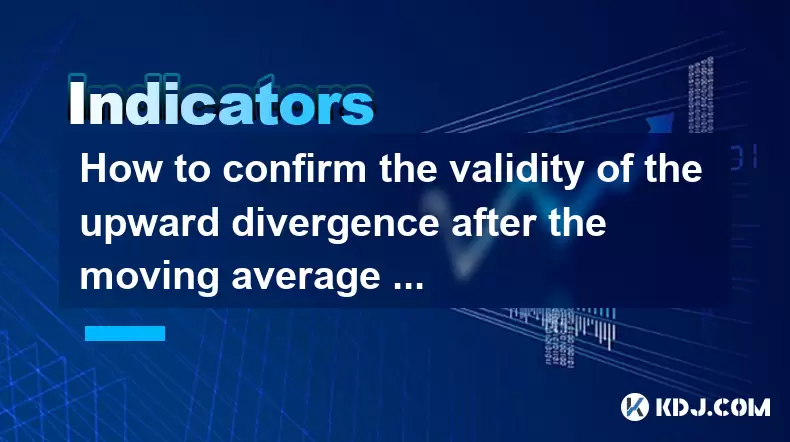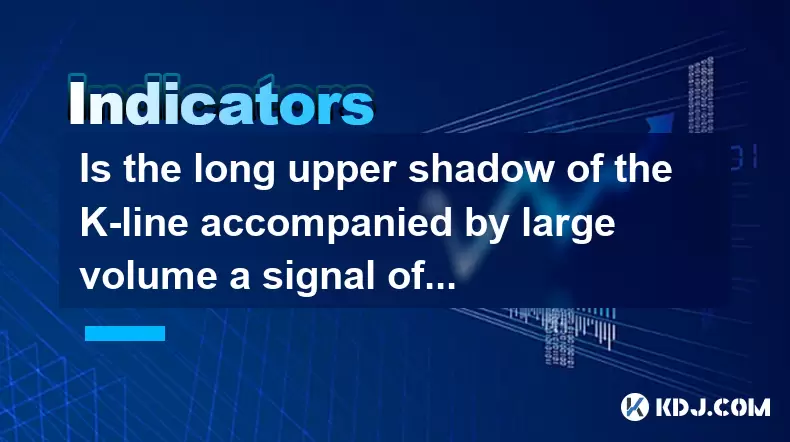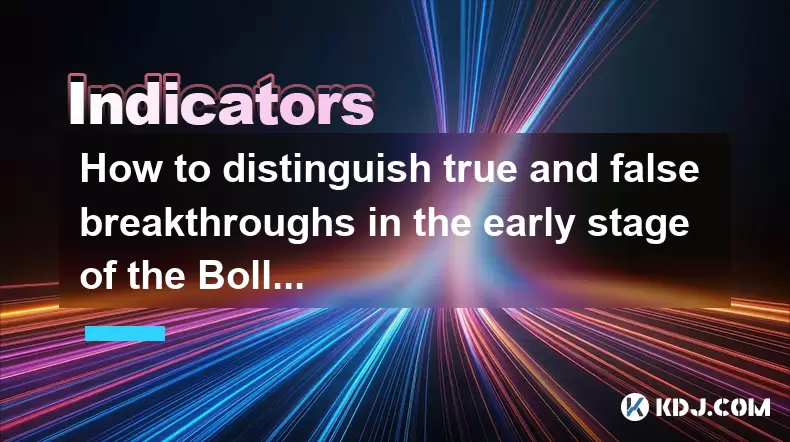-
 Bitcoin
Bitcoin $106,754.6083
1.33% -
 Ethereum
Ethereum $2,625.8249
3.80% -
 Tether USDt
Tether USDt $1.0001
-0.03% -
 XRP
XRP $2.1891
1.67% -
 BNB
BNB $654.5220
0.66% -
 Solana
Solana $156.9428
7.28% -
 USDC
USDC $0.9998
0.00% -
 Dogecoin
Dogecoin $0.1780
1.14% -
 TRON
TRON $0.2706
-0.16% -
 Cardano
Cardano $0.6470
2.77% -
 Hyperliquid
Hyperliquid $44.6467
10.24% -
 Sui
Sui $3.1128
3.86% -
 Bitcoin Cash
Bitcoin Cash $455.7646
3.00% -
 Chainlink
Chainlink $13.6858
4.08% -
 UNUS SED LEO
UNUS SED LEO $9.2682
0.21% -
 Avalanche
Avalanche $19.7433
3.79% -
 Stellar
Stellar $0.2616
1.64% -
 Toncoin
Toncoin $3.0222
2.19% -
 Shiba Inu
Shiba Inu $0.0...01220
1.49% -
 Hedera
Hedera $0.1580
2.75% -
 Litecoin
Litecoin $87.4964
2.29% -
 Polkadot
Polkadot $3.8958
3.05% -
 Ethena USDe
Ethena USDe $1.0000
-0.04% -
 Monero
Monero $317.2263
0.26% -
 Bitget Token
Bitget Token $4.5985
1.68% -
 Dai
Dai $0.9999
0.00% -
 Pepe
Pepe $0.0...01140
2.44% -
 Uniswap
Uniswap $7.6065
5.29% -
 Pi
Pi $0.6042
-2.00% -
 Aave
Aave $289.6343
6.02%
Does the sudden contraction of ATR indicate the end of the trend?
A sudden ATR contraction in crypto often signals consolidation or a temporary lull, not necessarily trend reversal.
Jun 20, 2025 at 11:14 pm

Understanding ATR and Its Role in Technical Analysis
The Average True Range (ATR) is a technical indicator used to measure market volatility. Developed by J. Welles Wilder, ATR calculates the average range of price movement over a specified period, typically 14 periods. It does not indicate direction—only volatility. Traders use ATR to gauge how much an asset's price moves on average during a given time frame.
In cryptocurrency markets, where volatility is often high, ATR becomes especially useful. When traders observe a sudden contraction in ATR, it may raise questions about whether this signals a reversal or continuation of the current trend.
A sudden drop in ATR suggests that price movements have become smaller, indicating lower volatility. This can occur after a strong directional move or due to consolidation before a breakout.
What Causes ATR Contraction?
Several factors contribute to a contraction in ATR:
- Market Consolidation: After a sharp upward or downward move, prices often consolidate within a tight range. During this phase, volatility decreases, leading to a decline in ATR values.
- Profit-Taking: In fast-moving crypto markets, traders may lock in profits after a significant trend, causing momentum to slow down and volatility to contract.
- Low Trading Volume: Reduced trading activity can result in smaller price swings, which directly impacts ATR readings.
- Uncertainty or Lack of Catalysts: When there are no major news events or fundamental triggers, markets tend to trade sideways, reducing volatility and shrinking ATR values.
These conditions do not necessarily signal the end of a trend but rather a pause in the action. Understanding the context in which ATR contracts is crucial for interpreting its implications correctly.
Interpreting ATR Contraction in Trend Context
Whether a sudden ATR contraction marks the end of a trend depends heavily on the broader chart context. Here’s how to assess it:
- Analyze Price Position Relative to Key Levels: If the price remains above a critical support level during an uptrend, a declining ATR may suggest accumulation rather than reversal.
- Check for Divergence with Momentum Indicators: Use tools like RSI or MACD to determine if momentum is still supporting the existing trend despite reduced volatility.
- Look at Historical Patterns: Review past instances when ATR contracted during similar trends. Did the trend resume afterward, or did it reverse? This helps build a probabilistic understanding.
- Monitor Volume: Declining volume alongside ATR contraction increases the likelihood of a trend pause or reversal, while sustained volume may imply underlying strength.
Contraction alone is not sufficient to conclude trend exhaustion; it must be analyzed alongside other technical elements.
Case Studies from Cryptocurrency Markets
Let’s examine two real-world scenarios involving ATR contraction in crypto:
- Bitcoin Uptrend in Q2 2023: During this period, BTC experienced a sharp rally followed by several days of narrow-range consolidation. ATR values dropped significantly. However, after the consolidation, the trend resumed upward. The contraction was temporary and signaled accumulation, not trend reversal.
- Ethereum Correction in Late 2022: ETH entered a downtrend following the FTX collapse. Midway through the decline, ATR briefly contracted as sellers paused. Shortly afterward, the downtrend resumed with renewed intensity. In this case, the contraction marked a brief lull rather than a reversal.
These examples illustrate that ATR contraction can appear in both trending and consolidating phases. Proper interpretation requires additional confirmation from price action and volume indicators.
How to Trade ATR Contraction in Crypto
Traders can incorporate ATR contraction into their strategies using these approaches:
- Breakout Trading: When ATR contracts after a prolonged trend, watch for breakouts beyond recent consolidation ranges. A sudden spike in ATR following a breakout confirms renewed volatility.
- Risk Management: Lower ATR values allow tighter stop-loss placements. As volatility returns, adjust stops accordingly to protect gains.
- Position Sizing Adjustments: During low ATR periods, reduce position sizes until clarity emerges. Increase exposure once new volatility confirms a fresh trend.
- Combination with Moving Averages: Overlay ATR with moving averages like the 50 or 200 EMA to filter false signals and confirm trend strength.
Using ATR contraction in isolation can lead to premature exits or missed opportunities. Always combine it with other confirming signals.
Frequently Asked Questions
Q: Can ATR contraction predict trend reversals accurately?
A: No single indicator guarantees accurate reversal predictions. ATR contraction should be used with other tools such as candlestick patterns, volume analysis, and trendlines to increase reliability.
Q: Should I exit my position if ATR suddenly drops?
A: Not necessarily. Evaluate the broader context. If key support/resistance levels remain intact and volume supports the trend, a drop in ATR might just signal consolidation rather than reversal.
Q: How long does ATR contraction typically last in crypto markets?
A: Duration varies depending on market sentiment and external catalysts. It can last from a few hours to several days. Monitoring volume and order flow helps anticipate when volatility might return.
Q: Are there specific cryptocurrencies where ATR contraction works better?
A: ATR behaves similarly across all liquid assets. However, in highly volatile altcoins, ATR contraction may be more prone to false signals. Stick to major pairs like BTC/USDT or ETH/USDT for more reliable readings.
Disclaimer:info@kdj.com
The information provided is not trading advice. kdj.com does not assume any responsibility for any investments made based on the information provided in this article. Cryptocurrencies are highly volatile and it is highly recommended that you invest with caution after thorough research!
If you believe that the content used on this website infringes your copyright, please contact us immediately (info@kdj.com) and we will delete it promptly.
- Bitcoin Cash (BCH) on a Roll: Trading Volumes Surge!
- 2025-06-21 01:05:12
- PEPE Coin's Wild Ride: Market Drop or Buying Opportunity?
- 2025-06-21 00:25:13
- Bitcoin Price, Open Interest, and Liquidation Exhaustion: What's Next?
- 2025-06-21 01:25:12
- Navi Mumbai Lottery Scam: An Elderly Man's 45 Lakh Rupee Loss
- 2025-06-21 00:25:13
- Blockchain Buzz: XRP, Solana, and the Institutional Wave
- 2025-06-21 01:05:12
- XRP ETF Momentum: Teucrium's AUM Growth Signals Bullish Future
- 2025-06-21 01:25:12
Related knowledge

Does the sudden contraction of ATR indicate the end of the trend?
Jun 20,2025 at 11:14pm
Understanding ATR and Its Role in Technical AnalysisThe Average True Range (ATR) is a technical indicator used to measure market volatility. Developed by J. Welles Wilder, ATR calculates the average range of price movement over a specified period, typically 14 periods. It does not indicate direction—only volatility. Traders use ATR to gauge how much an ...

Is the trend continuation when the Williams indicator is oversold but there is no rebound?
Jun 20,2025 at 11:42pm
Understanding the Williams %R IndicatorThe Williams %R indicator, also known as the Williams Percent Range, is a momentum oscillator used in technical analysis to identify overbought and oversold levels in price movements. It typically ranges from 0 to -100, where values above -20 are considered overbought and values below -80 are considered oversold. T...

Is the golden cross of the ROC indicator below the zero axis effective?
Jun 20,2025 at 09:42pm
Understanding the ROC Indicator and Its Role in Cryptocurrency TradingThe Rate of Change (ROC) indicator is a momentum oscillator widely used by traders to assess the speed at which cryptocurrency prices are changing. It measures the percentage difference between the current price and the price from a certain number of periods ago. The ROC helps identif...

How to confirm the validity of the upward divergence after the moving average sticks together?
Jun 21,2025 at 01:36am
Understanding the Basics of Moving Averages and DivergenceIn technical analysis, moving averages are crucial tools used to smooth out price data over a specified time period. When multiple moving averages converge or 'stick together,' it often indicates a consolidation phase in the market. This phenomenon can be a precursor to significant price movement...

Is the long upper shadow of the K-line accompanied by large volume a signal of peaking?
Jun 21,2025 at 12:28am
Understanding the Long Upper Shadow K-LineThe long upper shadow of a K-line is a common candlestick pattern that often appears during price action analysis. It consists of a small real body with a long upper wick, indicating that the price rose significantly during the period but was ultimately rejected and closed lower than its high. This pattern can s...

How to distinguish true and false breakthroughs in the early stage of the Bollinger Band opening?
Jun 20,2025 at 10:35pm
Understanding the Bollinger Band StructureBollinger Bands consist of three lines: a simple moving average (SMA) in the middle, and two outer bands that are standard deviations away from the SMA. These bands expand and contract based on market volatility. When the bands begin to widen, it often signals an increase in price volatility, which traders inter...

Does the sudden contraction of ATR indicate the end of the trend?
Jun 20,2025 at 11:14pm
Understanding ATR and Its Role in Technical AnalysisThe Average True Range (ATR) is a technical indicator used to measure market volatility. Developed by J. Welles Wilder, ATR calculates the average range of price movement over a specified period, typically 14 periods. It does not indicate direction—only volatility. Traders use ATR to gauge how much an ...

Is the trend continuation when the Williams indicator is oversold but there is no rebound?
Jun 20,2025 at 11:42pm
Understanding the Williams %R IndicatorThe Williams %R indicator, also known as the Williams Percent Range, is a momentum oscillator used in technical analysis to identify overbought and oversold levels in price movements. It typically ranges from 0 to -100, where values above -20 are considered overbought and values below -80 are considered oversold. T...

Is the golden cross of the ROC indicator below the zero axis effective?
Jun 20,2025 at 09:42pm
Understanding the ROC Indicator and Its Role in Cryptocurrency TradingThe Rate of Change (ROC) indicator is a momentum oscillator widely used by traders to assess the speed at which cryptocurrency prices are changing. It measures the percentage difference between the current price and the price from a certain number of periods ago. The ROC helps identif...

How to confirm the validity of the upward divergence after the moving average sticks together?
Jun 21,2025 at 01:36am
Understanding the Basics of Moving Averages and DivergenceIn technical analysis, moving averages are crucial tools used to smooth out price data over a specified time period. When multiple moving averages converge or 'stick together,' it often indicates a consolidation phase in the market. This phenomenon can be a precursor to significant price movement...

Is the long upper shadow of the K-line accompanied by large volume a signal of peaking?
Jun 21,2025 at 12:28am
Understanding the Long Upper Shadow K-LineThe long upper shadow of a K-line is a common candlestick pattern that often appears during price action analysis. It consists of a small real body with a long upper wick, indicating that the price rose significantly during the period but was ultimately rejected and closed lower than its high. This pattern can s...

How to distinguish true and false breakthroughs in the early stage of the Bollinger Band opening?
Jun 20,2025 at 10:35pm
Understanding the Bollinger Band StructureBollinger Bands consist of three lines: a simple moving average (SMA) in the middle, and two outer bands that are standard deviations away from the SMA. These bands expand and contract based on market volatility. When the bands begin to widen, it often signals an increase in price volatility, which traders inter...
See all articles

























































































